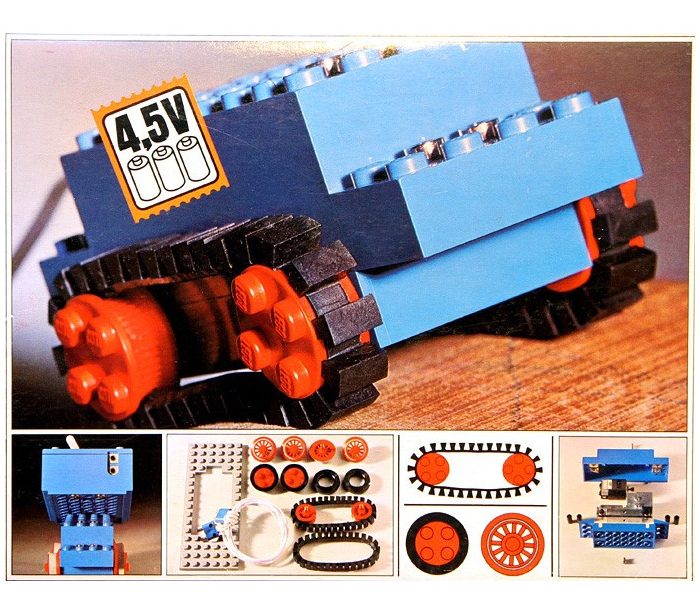The Enduring Appeal of LEGO: A Modern Play Innovation

Introduction
LEGO has solidified its position as a leading brand in the toy industry, captivating the imagination of children and adults alike. Its unique approach to play fosters creativity, engineering skills, and problem-solving. In recent years, LEGO has evolved to adapt to modern demands, aligning itself with digital trends and educational imperatives. This evolution highlights the importance of LEGO as a tool for holistic development in an increasingly digital world.
Current Trends and Innovations
In 2023, LEGO has seen significant growth, with a reported sales increase of 20% compared to the previous year. This surge is attributed largely to the brand’s innovative product lines, which include collaborations with popular franchises such as Star Wars, Harry Potter, and Marvel superheroes. The recent launch of the LEGO Super Mario sets, which combine traditional building with interactive electronic elements, represents a major leap into the fusion of physical and digital play.
Additionally, LEGO’s focus on sustainability has resonated well with today’s eco-conscious consumers. The company has pledged to use sustainable materials in its bricks by 2030, aiming to manufacture its products from bio-based or recycled materials. This pledge aligns with the growing trend of environmentally responsible consumerism that is shaping children’s toys today.
LEGO as an Educational Tool
Beyond entertainment, LEGO has also made strides in educational realms. The LEGO Education program offers various resources for teachers to incorporate LEGO into their classrooms, promoting STEM learning through engaging hands-on activities. Educational sets now focus on complex concepts such as robotics and engineering, giving students a practical understanding of theoretical subjects.
Cultural Impact and Community Engagement
LEGO has cultivated a thriving community of builders and enthusiasts. Online platforms, such as LEGO Ideas, allow fans to share their creations and potentially see them turned into official sets. This communal spirit not only bolsters brand loyalty but also encourages collaborative creativity among users globally. Moreover, LEGO’s recent initiatives to engage with underrepresented communities highlight its commitment to inclusivity, making play accessible for everyone.
Conclusion
LEGO’s enduring appeal can be attributed to its innovative spirit, adaptability, and commitment to education and sustainability. As technology evolves, LEGO continues to find inventive ways to blend traditional play with modern learning, setting a precedent for the toy industry. With its focus on community and inclusivity, LEGO not only captures the minds of children but also unites family generations through the timeless joy of building. As the company moves forward, it is likely to remain a staple in both play and educational contexts, ensuring that creativity remains at the forefront of childhood development.









